Deciding which ham radio frequencies to tune into is a crucial aspect of the overall amateur radio experience. The diverse range of activities taking place on the ham bands can be overwhelming, and without careful frequency selection, you may end up feeling underwhelmed with the results. However, identifying the right ham radio frequencies to listen to is not as straightforward as it may seem. In this blog post, we will explore various amateur frequencies based on your interests and provide a simple and insightful method to program them into your device.
The world of ham radio is incredibly diverse, offering everything from casual conversations and technical discussions to essential reports and critical weather updates. Ham radio serves a multitude of purposes, resulting in a vibrant and active community. Here are some of the things you can expect to listen to with a ham radio:
-
The Geeky Technical Stuff: Most hams enjoy discussing their hobby and sharing technical information about their equipment. These conversations can provide valuable insights into different aspects of the ham radio hobby. By tuning into these discussions, you can expand your knowledge and learn more about the intricacies of ham radio.
-
Casual Chitchat: Aside from technical discussions, ham radio operators often engage in casual conversations. They have specific frequencies dedicated to local gossip and small talk. By tuning into these frequencies, you can listen to the latest news and updates from your local hams. You might even hear interesting discussions about various topics, including humorous anecdotes or neighborhood happenings.
-
Ham Nets: Ham radio operators frequently organize "on-air" gatherings called nets. These regular programs allow hams to discuss topics of interest, typically related to the hobby. Participating in these nets can provide valuable learning opportunities and help you get the most out of your ham radio experience.
-
Critical Weather Updates: There are dedicated emergency frequencies on ham radio that provide weather updates and warnings. Organizations like the National Oceanic and Atmospheric Administration (NOAA) utilize specific radio frequencies to disseminate weather-related information. This becomes particularly useful during natural disasters or when modern communication systems are compromised. Access to live weather updates through ham radio can be crucial for survival in such situations.
Determining what you can listen to on a ham radio ultimately depends on the frequency you tune into. Therefore, understanding the appropriate ham radio frequencies to listen to is of utmost importance.
Ham Radio Frequencies to Monitor: It's important to note that there isn't a straightforward answer to the question, "What ham radio frequencies should I listen to?" The availability of chitchat, technical discussions, and emergency alert frequencies varies from one location to another. For instance, the SKYWARN net frequency in Indiana, Pennsylvania is 146.91 MHz, while in Brooke, West Virginia, it is 146.94 MHz. Therefore, a generic list of "correct" ham radio frequencies applicable to everyone does not exist.
Let's discuss what frequencies you should listen to based on your interests.
-
Emergency Frequencies: Many people use ham radio to stay connected during emergencies. If you fall into this category, it is recommended to listen to frequencies used by the NOAA and National Weather Service. The NOAA operates on seven frequencies, broadcasting news, updates, forecasts, and weather-related information 24/7. Although these frequencies fall outside the Amateur 2m band, your radio may still be able to receive them since most amateur radios can pick up out-of-band signals. There are no legal restrictions on receiving out-of-band signals as long as the information is intended for the general public. The National Weather Service operates a network of amateur radio operators under its SKYWARN program. These hams work with the NWS to share weather emergencies, warnings, and updates on specific ham radio frequencies. The frequencies used by SKYWARN vary from state to state, and you can find the relevant frequencies on the National Weather Service's website.
-
Community Frequencies: If you wish to connect with the local ham radio community, you should search for and listen to frequencies where hams gather for ham nets. Like weather frequencies, ham net frequencies also differ from one state to another. For example, according to the ARRL Ham net directory, there is a rag chew net in Bartlesville, Oklahoma that operates on 444.775 MHz on Wednesdays at 8:30 pm. Similarly, there is a morning rag chew net in Ohio that operates on 28.337 MHz, Monday to Friday at 8:30 am. These nets allow you to socialize, receive updates on local news and gossip, and engage in conversations with fellow hams. If you're interested in more serious discussions or participating in emergency preparation drills, there are ARES and SKYWARN nets that you can listen to. For example, the Creek County ARES net in Oklahoma is active on Saturdays at 7 pm on 145.430 MHz. You can find similar nets in your locality and join them when they are active.
It's important to note that if you do not have a ham radio license, you should only listen and refrain from transmitting. Transmitting without a license can lead to serious legal consequences.
Finding Ham Radio Frequencies Near You: Finding interesting frequencies is relatively easy. One way is to reach out to your local ham club and ask them directly. You can approach a friendly local ham and inquire about the frequencies they use for weekly programs, casual conversations, and weather emergencies.
If you prefer to discover frequencies without direct human contact, there is another method you can try. Radioreference.com boasts one of the largest databases of amateur radio frequencies and their intended use. By visiting their website and entering your area's zip code or state's name, you can access the relevant database. Click on the Amateur Radio tab at the top of the page to access the ham radio frequency directory. From there, you can explore and program the desired ham radio frequencies you wish to listen to.
It's worth mentioning that with your ham radio equipment, you have the ability to tune into any frequency, including CB or GMRS frequencies.
In conclusion, when you delve into the world of ham radio, it's important to have a purpose in mind. Whether you aim to enjoy it as a hobby or rely on it for emergency communication, your purpose will largely determine the appropriate ham radio frequencies for you. If you wish to stay informed about local news and casual conversations, tuning into the rag chew frequencies in your area might be helpful. For more substantial discussions or emergency preparedness, participating in amateur radio nets such as ARES and SKYWARN can be beneficial. To receive timely weather updates during emergencies, tuning into NOAA and SKYWARN frequencies is essential. The process of finding these frequencies is straightforward, as outlined above. By following the provided procedure, you will be able to discover the right ham radio frequencies to listen to in no time.
As you can see, the question of "What ham radio frequencies should I listen to?" is not as simple as it initially seems. However, armed with the information and guidelines shared in this article, you can make informed choices and enjoy a fulfilling ham radio experience.



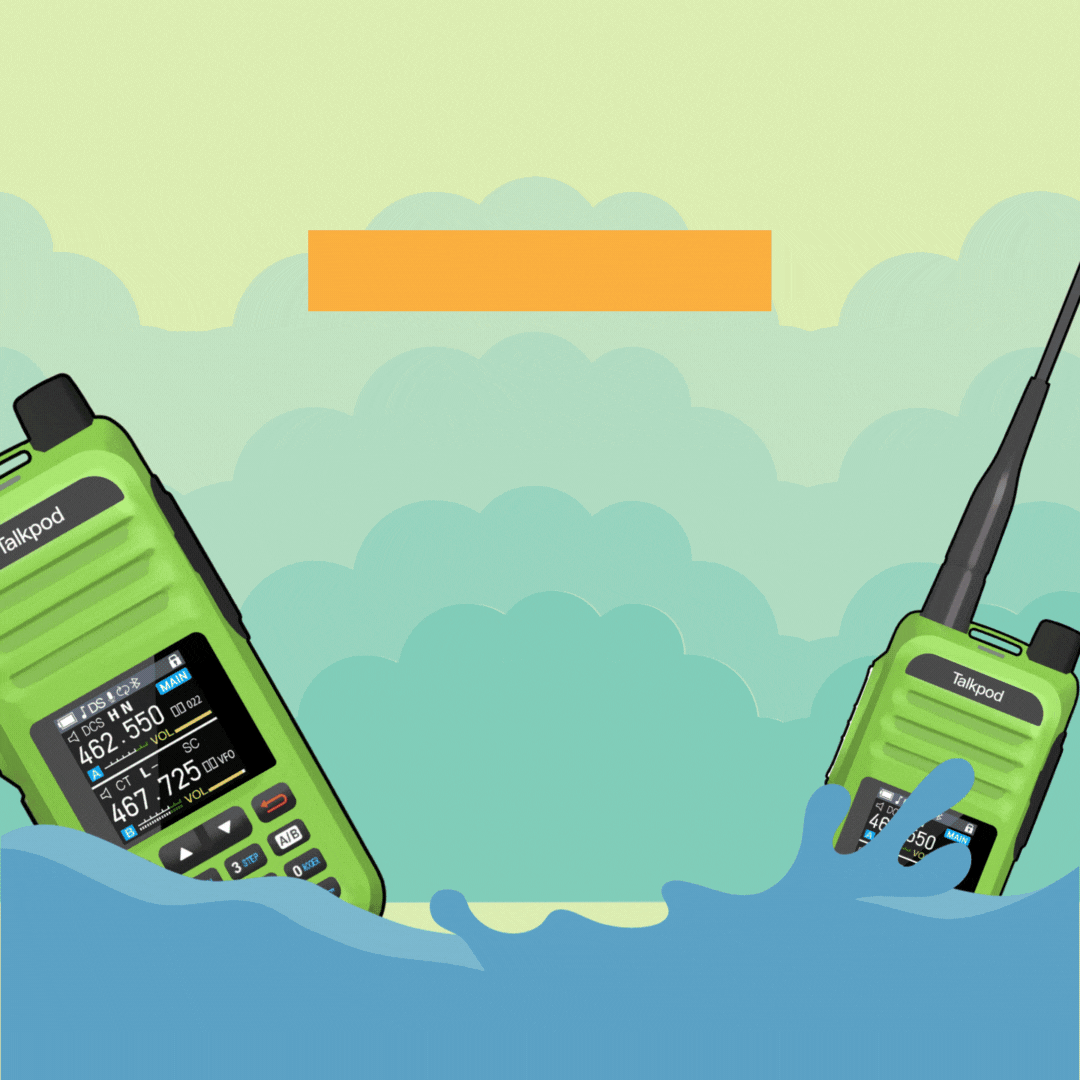
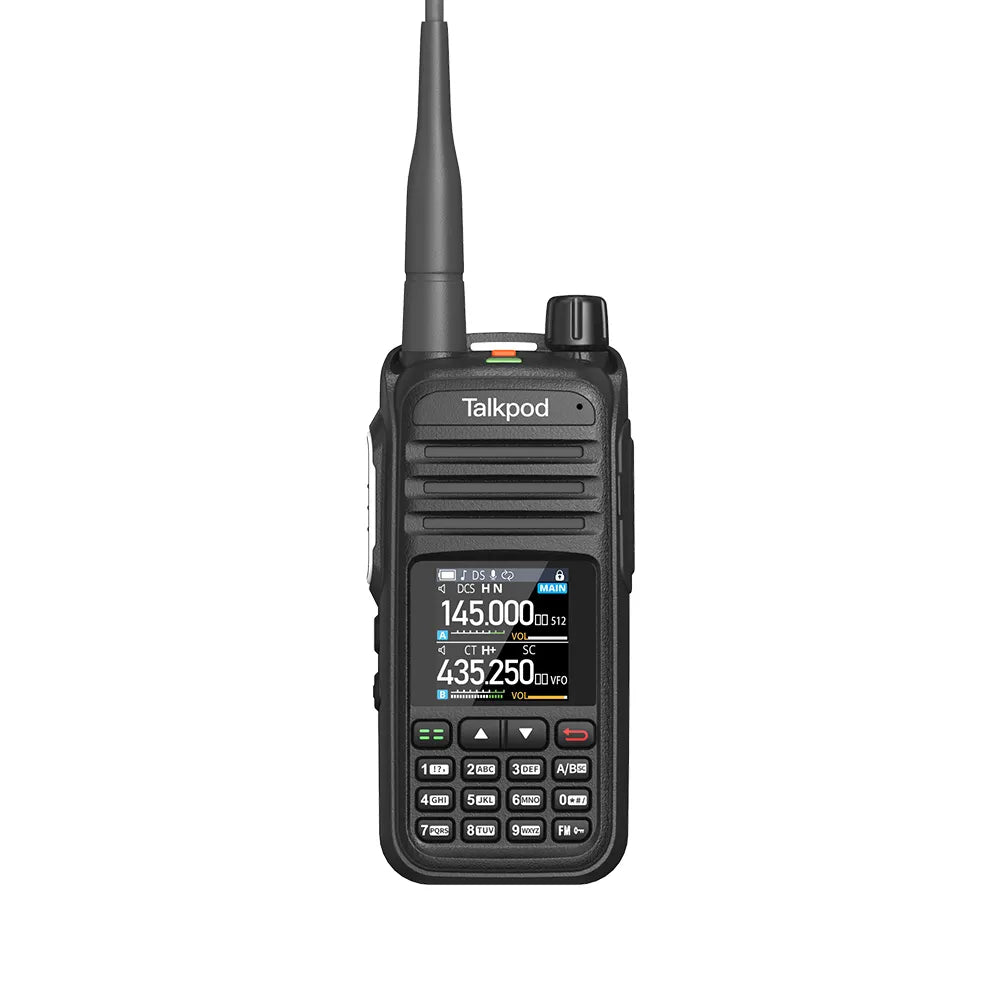
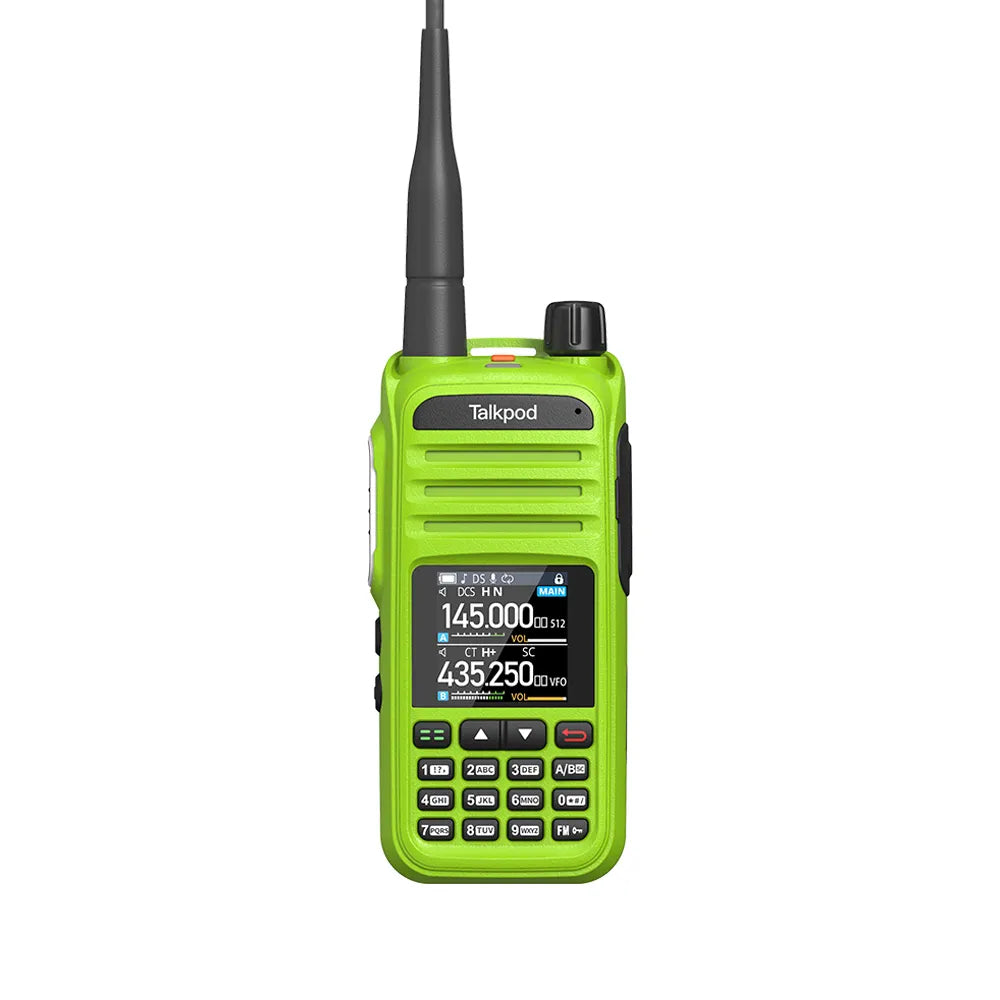
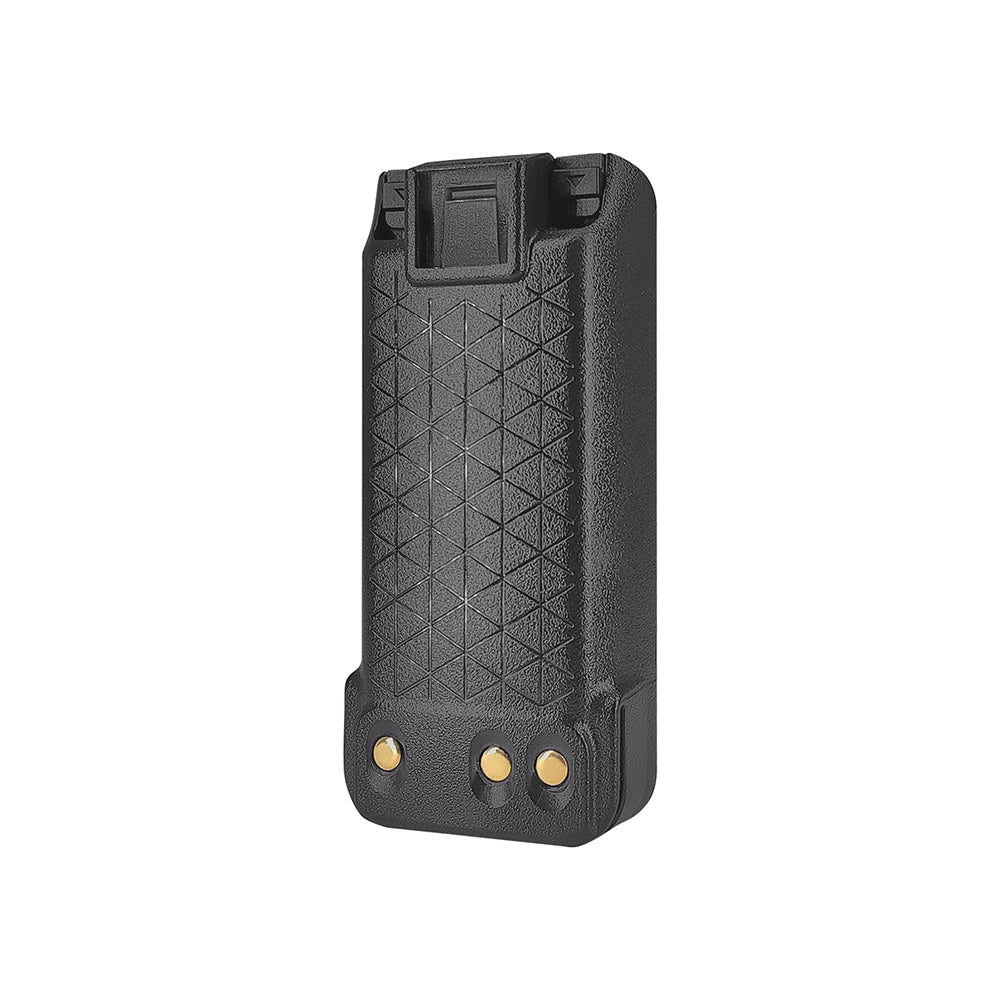
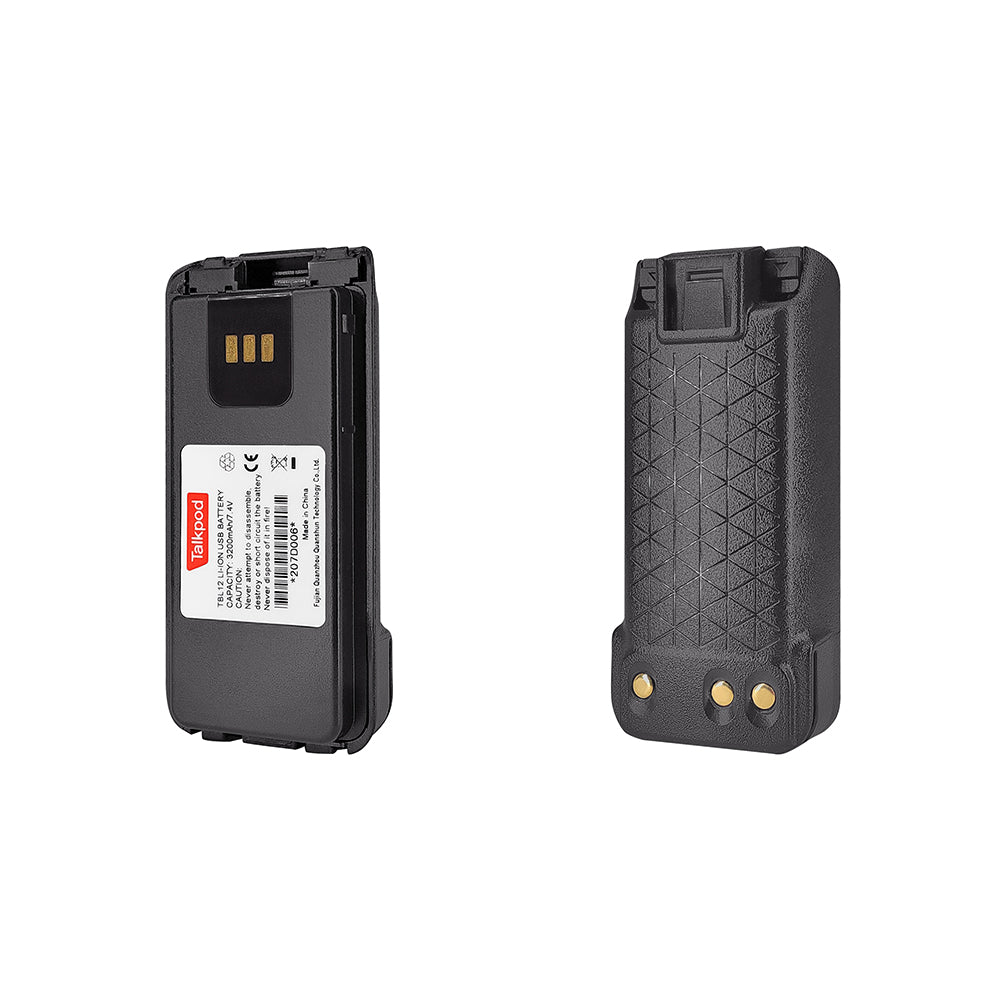
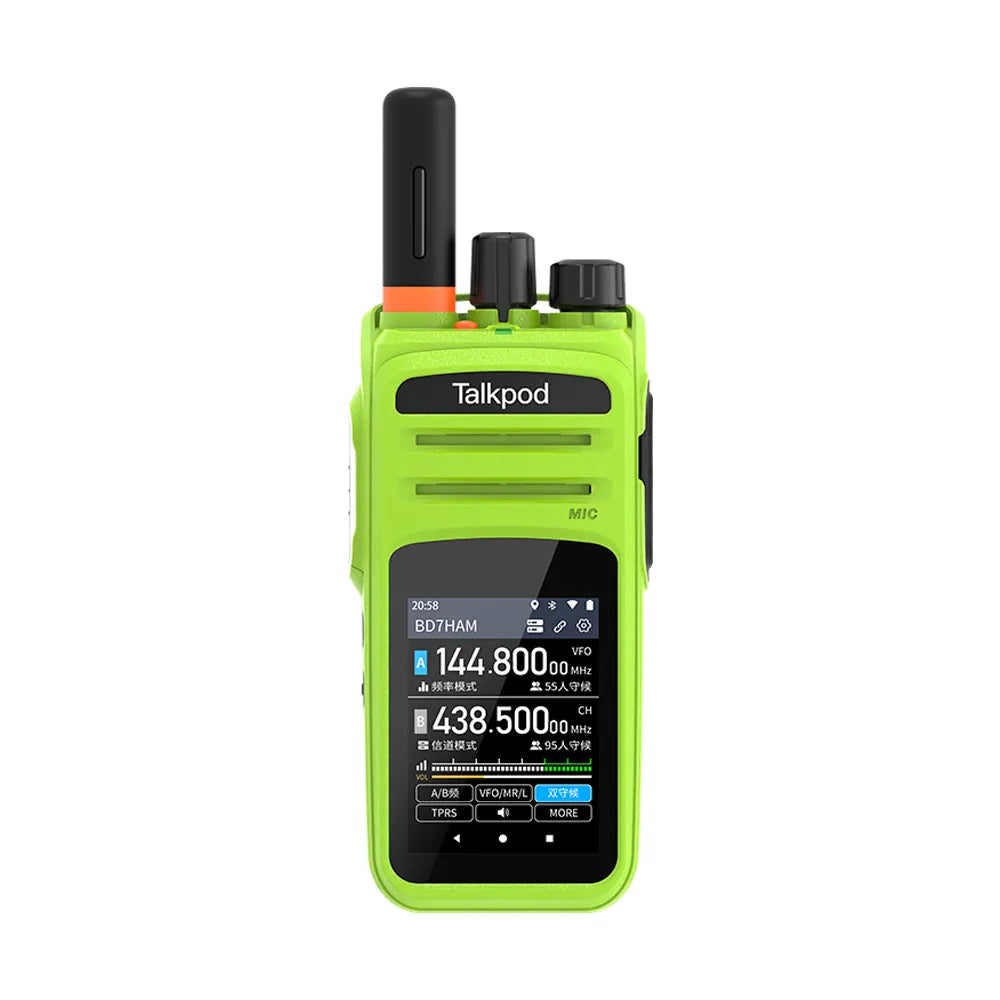
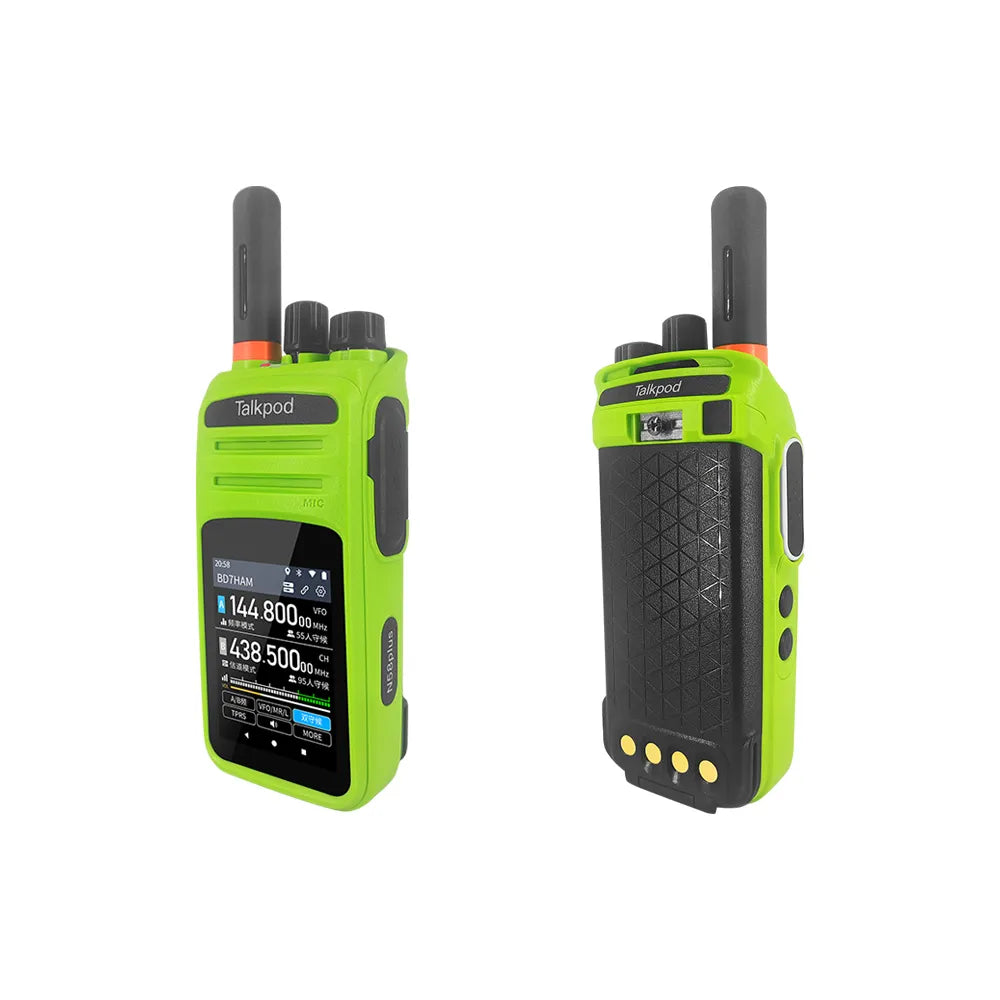
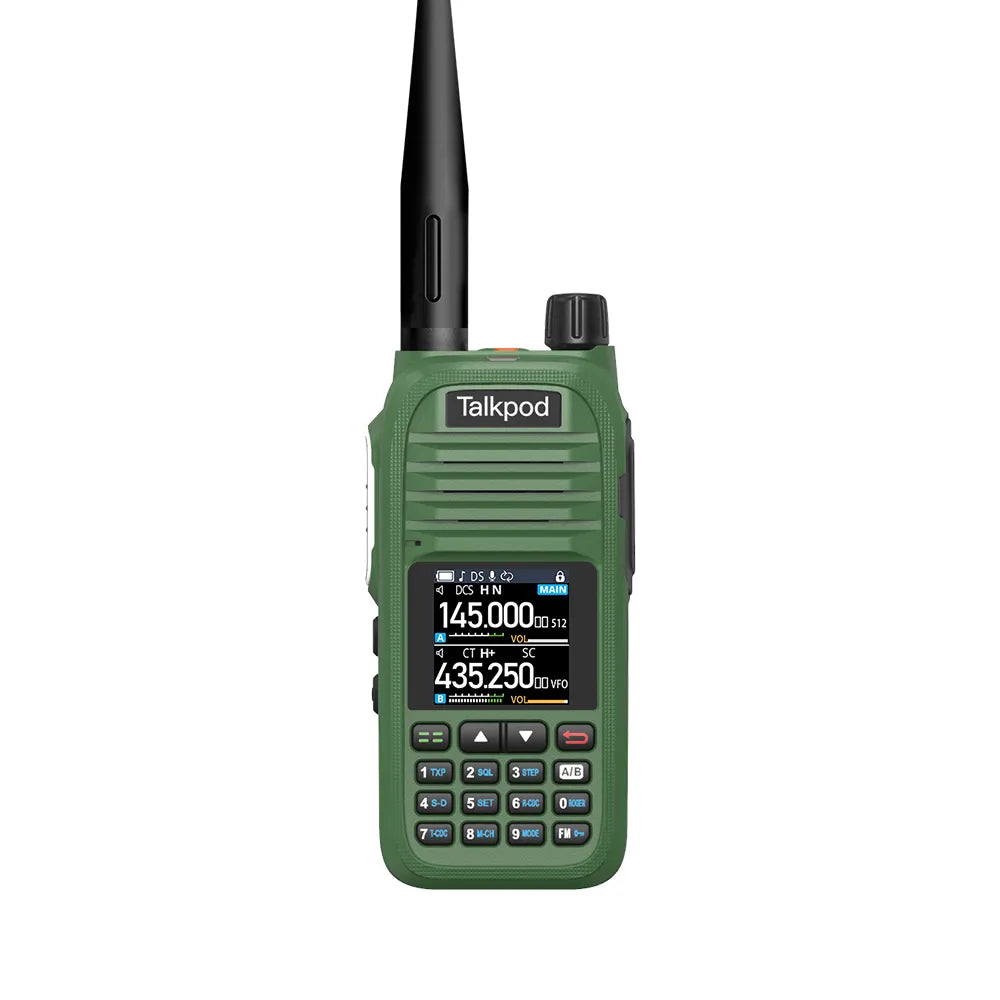
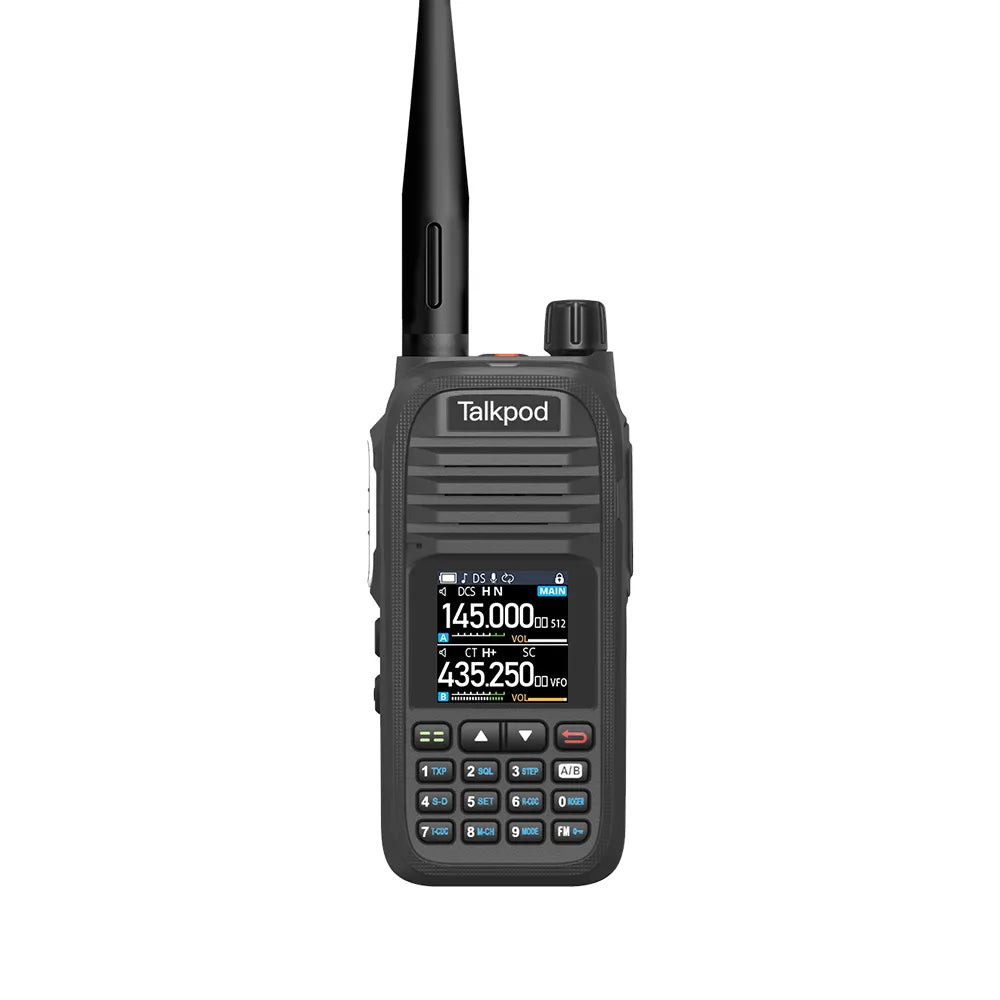
Leave a comment
All comments are moderated before being published.
This site is protected by hCaptcha and the hCaptcha Privacy Policy and Terms of Service apply.